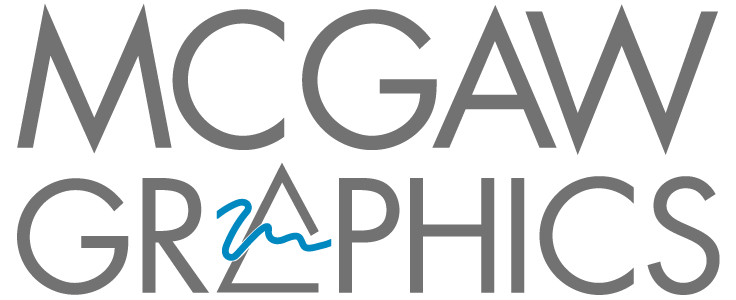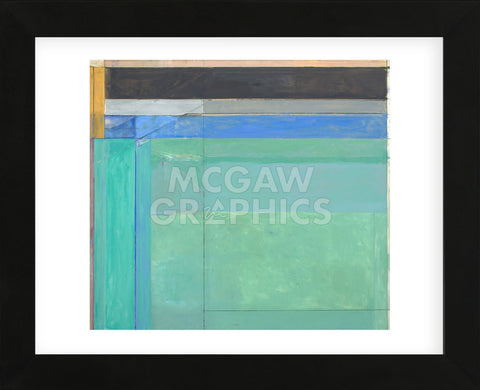Product Detail
- Overall: 16" H x 13" W x 0.75" D
- Overall Product Weight: 2.5lb.
- Material: Glass
- High-quality print on heavy paper
- Printed with vibrant, color-fast inks
- Framed in a contemporary style molding; available in black, gold, and white
- Sawtooth hanger
- Unmatted
© 2025
The Richard Diebenkorn Foundation
Product Detail
- Overall: 16" H x 13" W x 0.75" D
- Overall Product Weight: 2.5lb.
- Material: Glass
- High quality print on heavy paper
- Printed with vibrant, color-fast inks
- Framed in a contemporary style molding; available in black, gold, and white
- Sawtooth hanger
- Unmatted
About the Artist
Richard Clifford Diebenkorn, Jr. (April 22, 1922 – March 30, 1993) was a well-known 20th century American painter. Diebenkorn was born in Portland, Oregon; his family moved to San Francisco, California when he was two. In 1940, Diebenkorn entered Stanford University. At first, he painted and drew in a representational style that was in a large part influenced by Edward Hopper. However, during the late 1940s and early 1950s he lived and worked in various places: New York City, Woodstock, New York, Albuquerque, New Mexico, Urbana, Illinois, Berkeley, California and he developed his own style of abstract expressionist painting. Abstract expressionism had captured worldwide attention having developed in New York during the 1940s. After the Second World War the focus of the art world shifted from the School of Paris to the New York School. In the early 1950s Diebenkorn adopted abstract expressionism as his vehicle for self-expression, influenced at first by Clyfford Still, Arshile Gorky and Willem de Kooning. He became a leading abstract expressionist on the west coast. In 1950 to 1952, Diebenkorn was enrolled under the G.I. Bill in the University of New Mexico’s graduate fine-arts department where he created a lucid version of Abstract Expressionism.
He lived in Berkeley, California from 1955 to 1966. By the mid-1950s Diebenkorn had become an important figurative painter, in a style that bridged Henri Matisse with abstract expressionism. Diebenkorn, Elmer Bischoff, David Park, James Weeks, and others participated in a renaissance of figurative painting, dubbed the Bay Area Figurative Movement.
In 1965 Diebenkorn was granted a cultural visa to visit and view Henri Matisse paintings in important Soviet museums. When he returned to painting in the Bay Area in mid-1965 his resulting works summed up all that he had learned from his more than a decade as a leading figurative painter.
In 1967 Diebenkorn returned to abstraction, this time in a distinctly personal, geometric style that clearly departed from his early abstract expressionist period. The "Ocean Park" series, began in 1967 and developed for over twenty-five years, became his most famous work and resulted in more than 140 paintings. Based on the aerial landscape and perhaps the view from the window of his studio, these large-scale abstract compositions are named after a community in Santa Monica, California, where he had his studio. The Ocean Park series bridges his earlier abstract expressionist works with Color field painting and Lyrical Abstraction. He taught at this time at UCLA.
Richard Diebenkorn died due to complications from emphysema in Berkeley on March 30, 1993.





